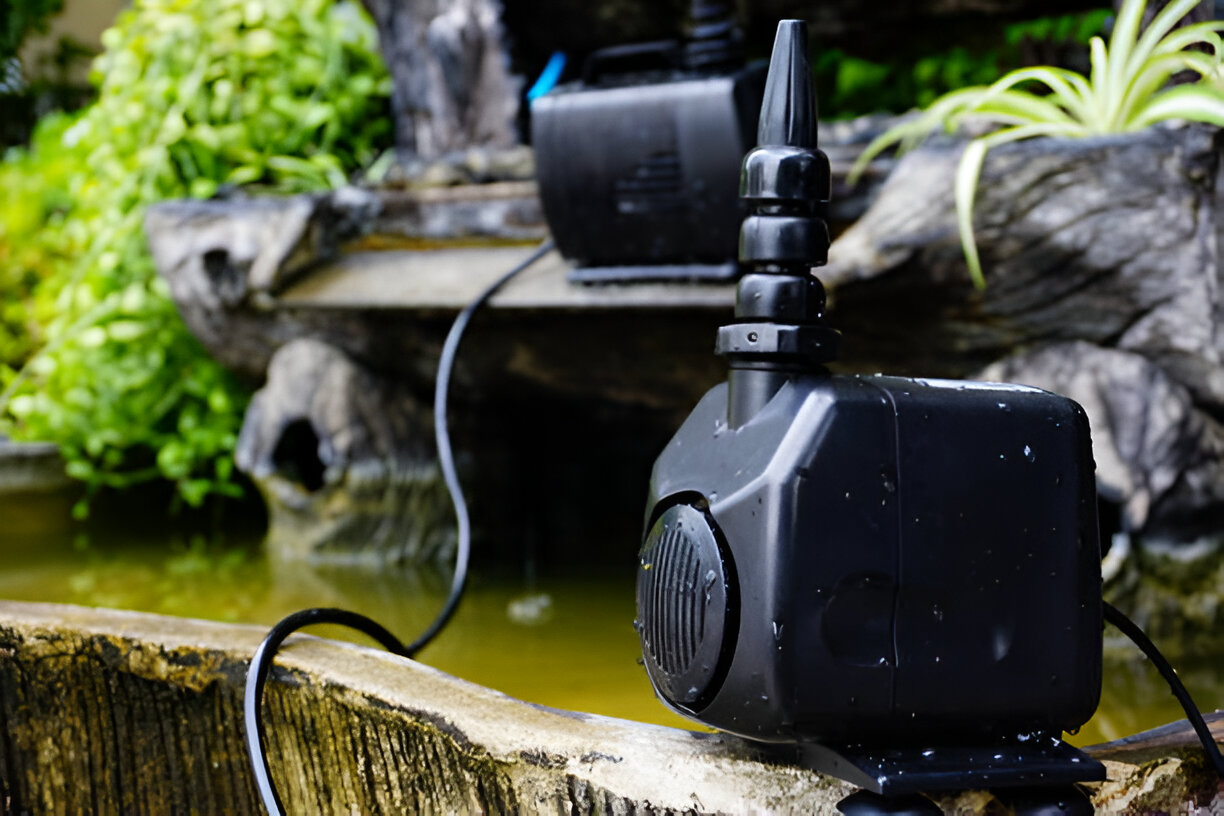A Simple Guide to Choosing the Right Pond Pump
Water movement in your pond is as necessary for the health of your fish and plants as it is for fish and plants outside. Keeping the water clean and oxygenated requires the right equipment, with the pond pumps serving as the system’s crucial centerpiece.
You will need expert advice on a pond pump before buying one. You can contact That Pond Guy, one of the top pond installation and maintenance company in the UK to make informed choices. They have the knowledge and experience to offer the best solutions as per your custom needs and budget.
Understanding Your Pond’s Needs
Before choosing a pump, check the amount of water your pond holds. Measure your pond’s length, width, and depth and multiply these together to find its gallon capacity.
Typically, a good pump moves all your water through the system every two hours. For example, a 1,000-gallon pond would need a pump with a flow rate of at least 500 gallons per hour (GPH).
Factoring in Fish and Plants
If you have a lot of fish and plants, your pump should handle the job better. Fish can pollute the water, which, along with the leaves of plants, must be well filtered. For every 1 inch your fish will reach, add 10 GPH to the filter power, if possible.
If koi or goldfish are living in your pond, a bigger, more powerful pump can be very helpful.
Water Features and Flow Rate
Having waterfalls, fountains, or streams in your pond means you will need a pump that is extra strong. It takes greater pressure and faster flow than usual to power these features.
A light waterfall will be fine with a 1,500 GPH pump, but larger waterfalls should use pumps with a 3,000 GPH or better flow rate. Follow the manufacturer’s guidelines for the water features you decide on.
Climate Considerations
Freezing becomes a problem in areas where temperatures dip below freezing. Since winter conditions can hurt them, make sure you remove your submersible pumps before winter, whereas insulating external pumps may be enough.
Certain pumps are for lower temperatures, so if winters in your area are harsh, choose models that say they are freeze-resistant.
Pump Types and Their Uses
Pumps are not all built in the same way. Ponds with fish benefit from using solids-handling pumps because they can move any debris to the filter. Fountain pumps are commonly used to create decorative water displays but have problems with waste.
When your pond holds fish and includes a fountain, it is advisable to get two pumps for proper operation.
Maintenance Matters
Even the best pump needs occasional care. Regularly clean the intake cage to prevent clogs from leaves or algae. Check the impeller for debris and change any old parts as you find them. A regularly maintained pump will serve you longer and maintain your pond in the best shape.
Final Thoughts
If you pick the correct pump, your pond will look great and stay healthy. First, decide how much water the pond needs and then add fish, plants, and water features. If you are unsure, get advice from That Pond Guy to make the right choice. Proper use of a pump keeps your pond clean and lively year after year.







